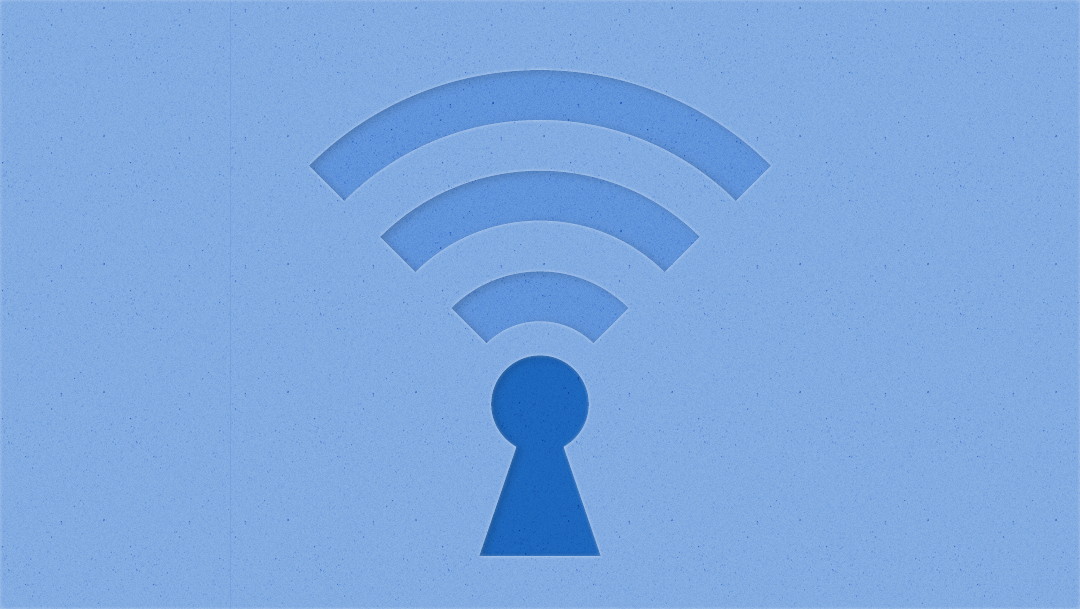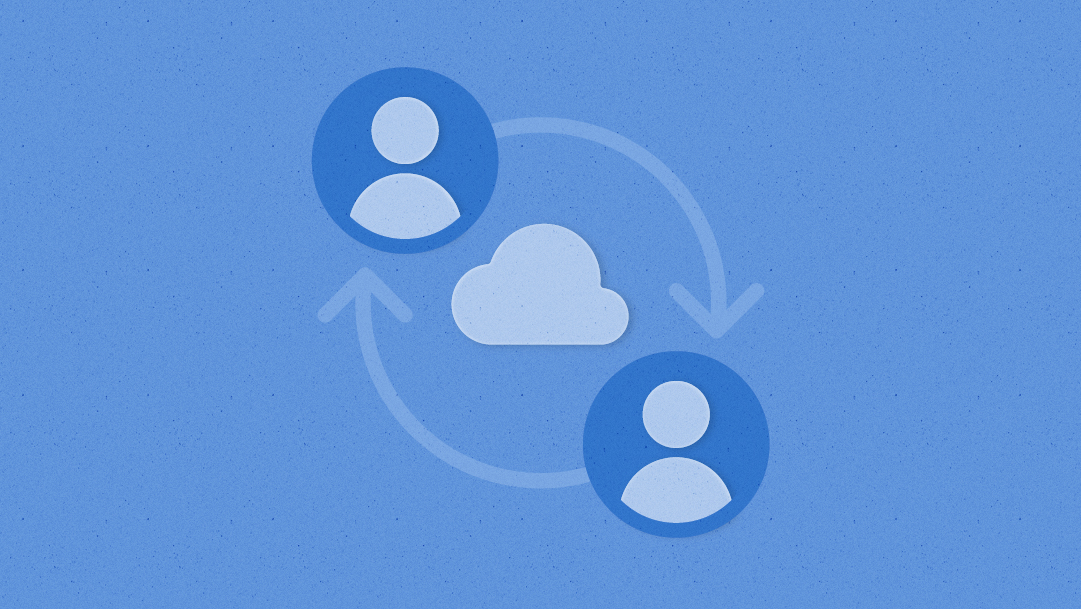The increasingly widespread mandate for employees to work from home can be overwhelming forIT departments. IT workers in companies of all sizes are feeling spread thin, as support tickets flood into their queues.
During the COVID-19 pandemic, it’s important for IT leaders to support their workforces throughout the transition to working from home full-time. In March, 2020, after the coronavirus took hold in the U.S.,Spiceworkspolled its IT community and found that 45% of companies were actively encouraging employees to work from home, and an additional 32% were considering similar options. I expect those numbers have since gone up, as things are changing every day.
How can IT leaders respond to support their front-line teams and broader organization during this unprecedented time? First, it’s important to lead with empathy. That means ensuring that workers across the business get the resources they need to stay comfortable and be as productive and effective as possible. As business travel is restricted and other budgets are reduced, think of how you might reallocate that budget to make your remote employees’ experience better.
If you’re an IT leader, you also need to stay proactive, and communicate with executive leadership every step of the way during these unique and uncertain times. Below are a few ways to support your IT team and broader business now, as well as some thoughts about setting them up for newfound agility and resilience in the future.
Two critical types of security
When most of your workforce is working remotely, two types of security should be a top priority for the IT team: security of information, and the physical security of devices. AtSmartsheet, we already had a thorough vetting process for software as a service (SaaS) providers in place, in addition to building security directly into our platform in order to protect customer data.
When Smartsheet transitioned to full-time remote status in early March, I shared some helpful reminders and instructions with our employees regarding best practices for productivity and security. These specific tips and tricks related to single sign-on (SSO) and key elements of functionality around our use of multi-factor authentication.
At Smartsheet we trust our vendors’ security and our multi-factor authentication as much as possible to keep things from being bottlenecked by a virtual private network (VPN). We believe in anchoring to strong credentials, password management, and multi-factor authentication, as opposed to relying solely on VPNs.
设备的物理安全是更多的查尔lenge to monitor during a widespread “work from home” moment like this one. As many workers are home-based, and potentially moving around during the day, physical security of devices could become more of an issue. IT leaders should make sure that all devices are encrypted and tracked in an asset management system, just in case an employee’s device is lost or stolen.
Make sure you regularly communicate with your organization. Remind them of where to find troubleshooting resources, and emphasize security rules. With all that is changing and uncertain, make certain your teams are keeping security front of mind.
Recalibrate existing IT workflows.
Some IT tasks need to be completed at the office. For example, imaging new computers for new employees has to be done on site, even if your company has pivoted to remote or virtual onboarding. The custom imaging processes for Mac and Windows laptops require large data transfers, dealing with account setups, and boxing and shipping the device.
In the past at Smartsheet, new team members would go through orientation at the office, get their devices directly from IT, and then head to their seat assignment. That all changes when you’re facing a protracted work-from-home situation; you need to ship things directly to new team members. This will no doubt disrupt productivity, but it’s not worth putting people in danger to do this in person.
Since IT does need some team members on site, you need to be very mindful of keeping those communities really small. Still, some employees might experience issues with their machines that can’t be resolved during a virtual meeting or with remote desktop software. If something goes wrong, those people need hands-on support. Since it’s business critical, create a process for in-person equipment drop-offs that keep everyone safe.
You also need to connect people to the technologies that are critical to their roles. Normally, you could walk them through the programs in person and give them real-time answers to their questions. With a remote workforce, those processes and walkthroughs take longer, and that time adds up fast when your IT team is solving a higher volume of technical problems for employees.
Be patient with your end users.
Through the ups and downs of this unprecedented experience, it’s key to understand that many of your end users are not used to working from home, and don’t have a space that’s conducive or comfortable for a long-term remote setup. Speak with your company’s leadership about potentially offering full or partial reimbursement for people to get some technology to make them successful at home. This could include computer monitors, adapters, noise-cancelling headphones, and other technologies.
Since many IT departments have a walk-up Help Desk, you should invest in a remote access control tool to help perform live, virtual troubleshooting. These programs come in handy in a pinch, and will help your organization during and after the coronavirus pandemic ends. This way, your team can pinpoint what the worker’s issue is, and work directly on fixing it while keeping a safe distance.
Organize your projects and processes in cloud-based platforms.
We use Smartsheet for many critical business processes already, regardless of if we’re working at the office or from home. For example, our employee onboarding process and account provisioning starts and stops with desk setups, and we’re using Smartsheet for all of it. That’s been a tremendous benefit for us, as we’ve needed no changes to the way we collaborate in support of those processes.
During this moment in time, it’s more critical than ever that our employees have access to cloud-based platforms. When we hire someone new, they’re added to a specific set of sheets, which kicks off task workflows that multiple teams take action on, whether it’s human resources or IT, to ensure that the employee has all the tools they need. We’re already leveraging Smartsheet to do all of that work.
The impact of having all of our teams remote doesn’t change our business processes so much as it changes how we socialize and prioritize work, considering how much our employees’ lives have changed with this new work/life reality — balancing kids, work-from-home spouses, elder care, and other deeply important priorities that disrupt or affect the work day.
Develop a plan to prepare and practice.
I’ve worked at organizations during past virus outbreaks, including SARS and H1N1, but those didn’t have the same global scale as COVID-19. During my time at the Nordstrom corporate offices in Seattle, we often prepared and conducted practice tests just in case of a shutdown.
Back then, we primarily used an on-premise data center model, and we ran tabletop tests to exercise the capacity of our systems in preparation for contingencies — like heavy snowfall in Seattle. When we get snow and icy roads here, many employees have to work remotely, due to Seattle’s hilly topography.
The challenge for businesses that rely on an on-premise work model is that, without plenty of advance preparation, they’ll be testing everything live in the midst of the emergency. That adds a tremendous amount of pressure, and greater potential for failures, both in security and productivity.
If this current crisis teaches us anything, it’s the tremendous value of an IT organization that plans ahead for the worst, building security and flexibility into the processes and systems that our employees rely on to get things done.
Looking for additional support on how to respond to the COVID-19 pandemic? Explore ourCOVID-19 response resource center, with free templates, training, community, and content to support your crisis response.







